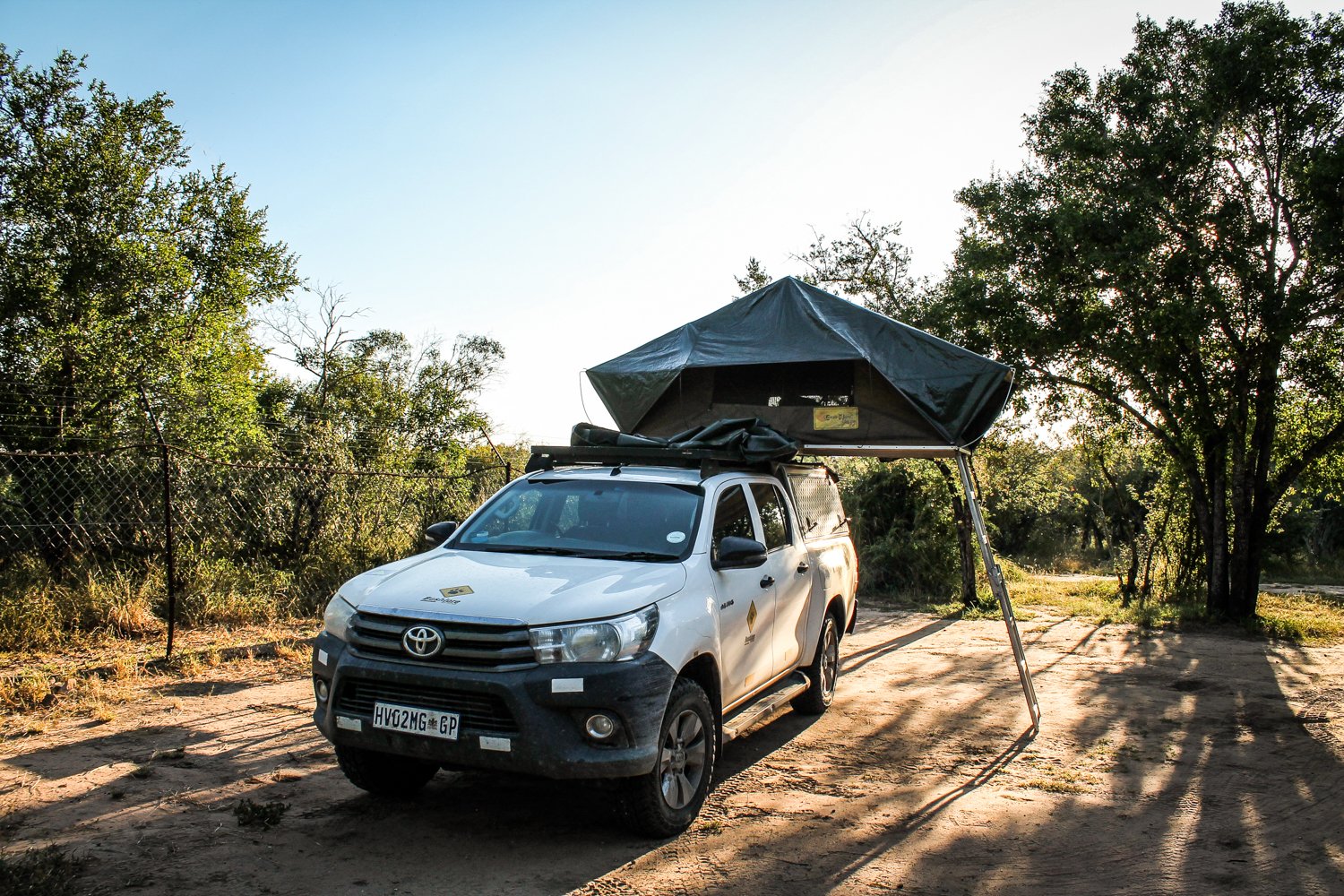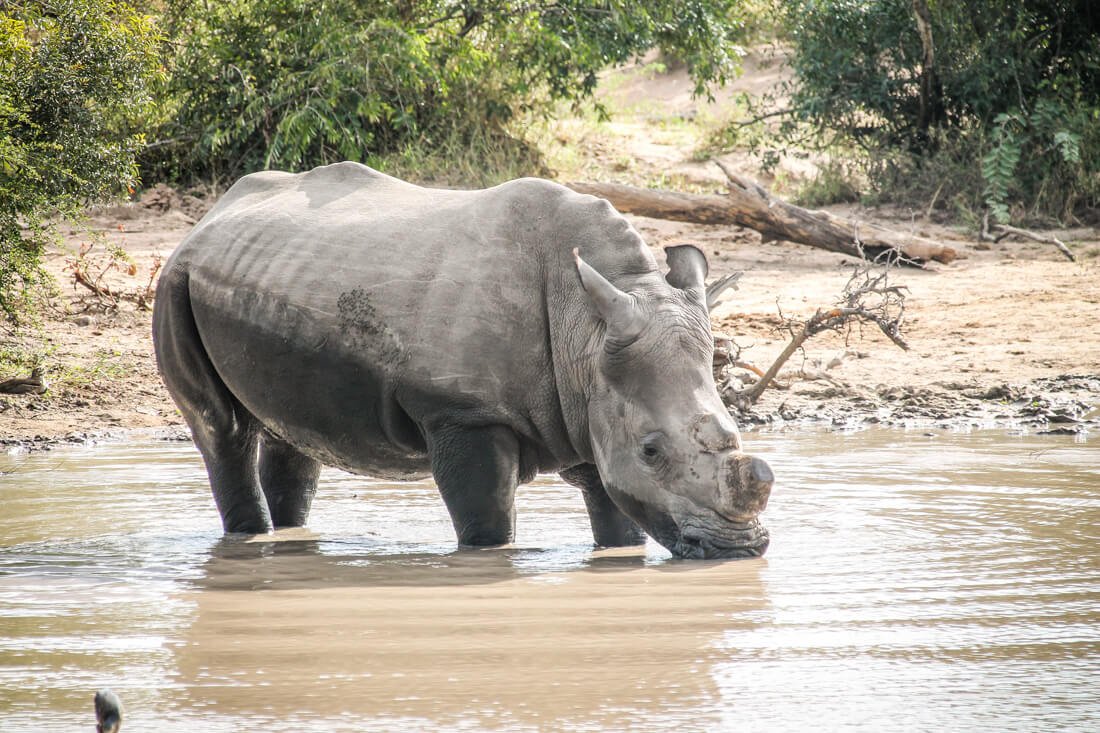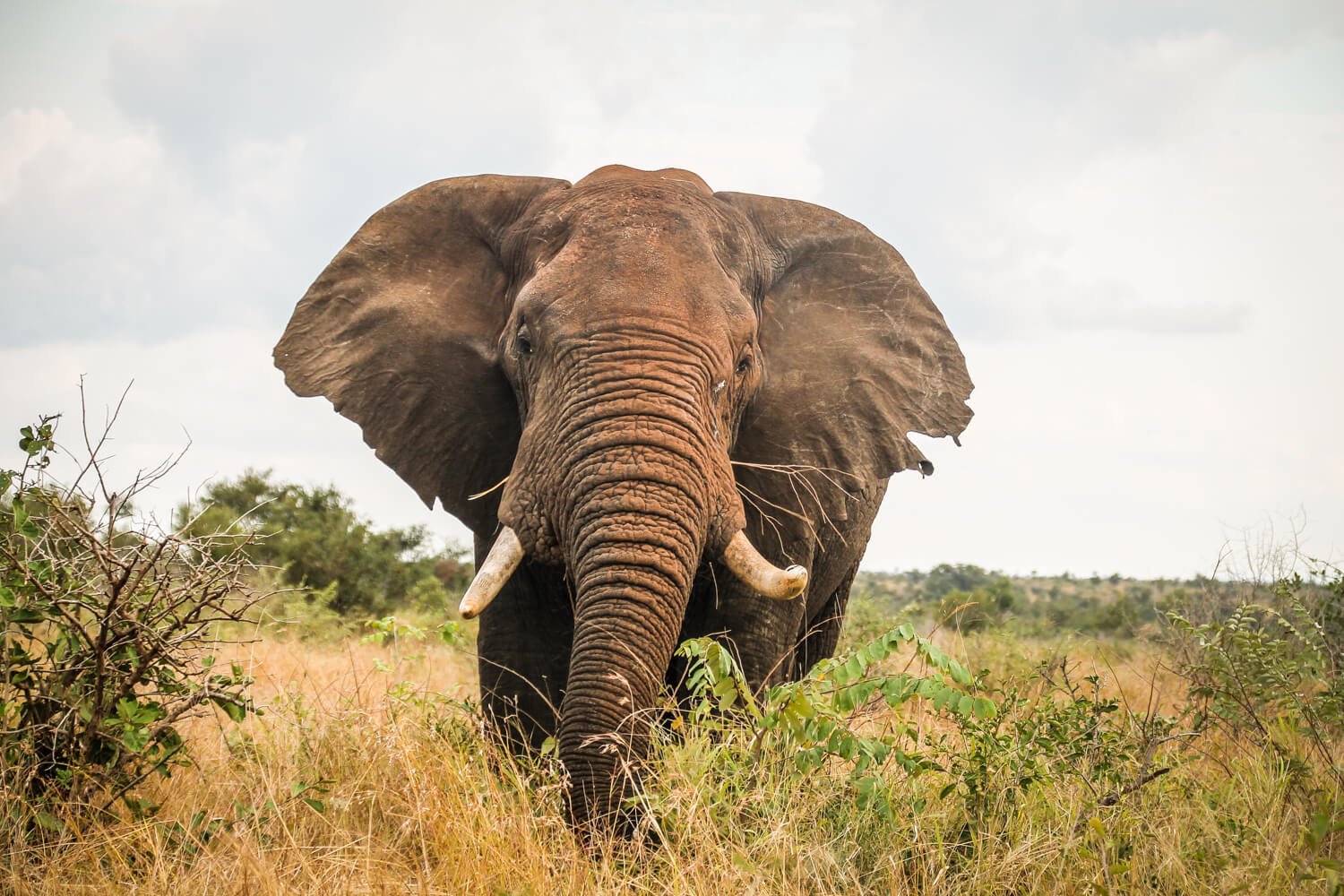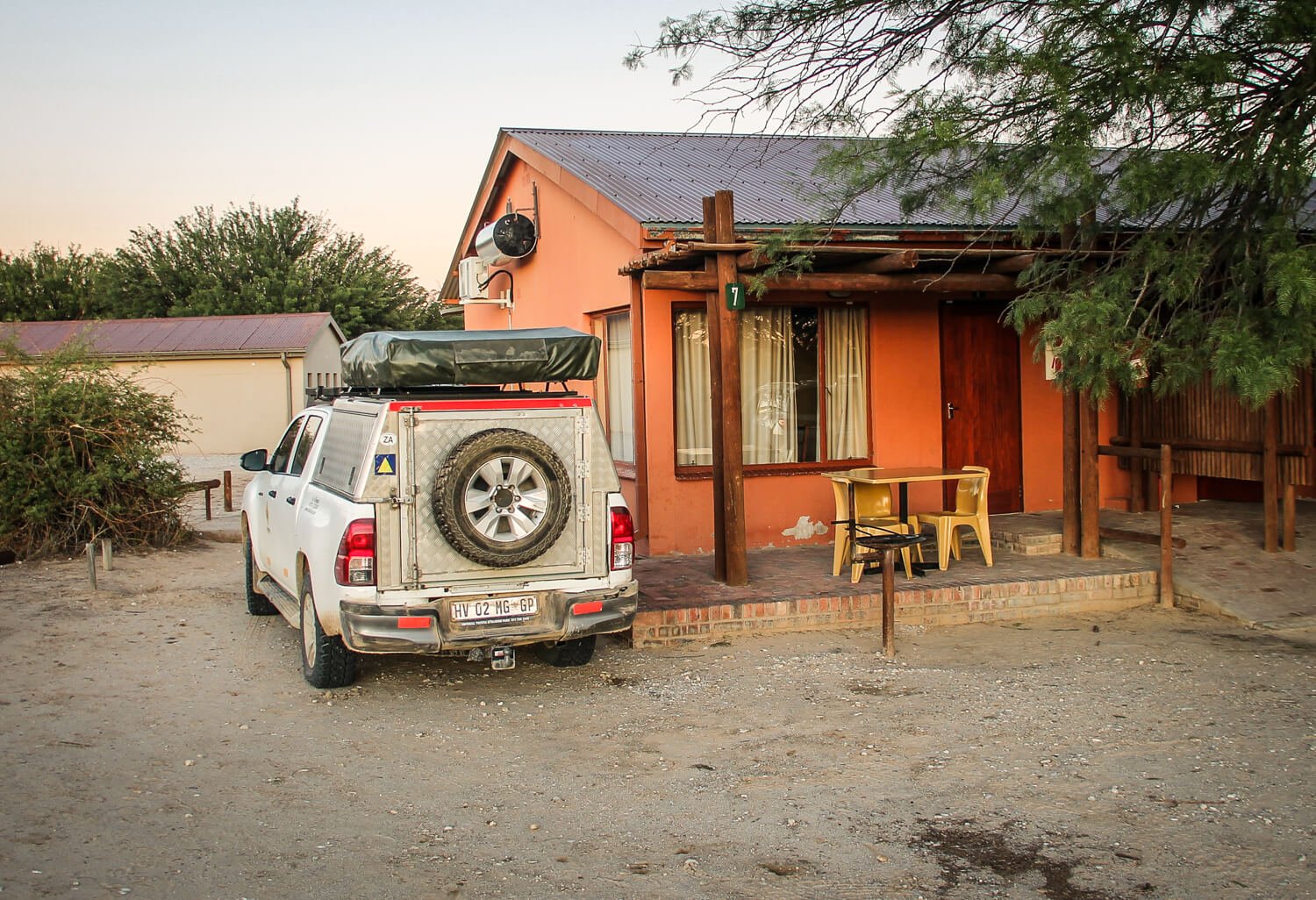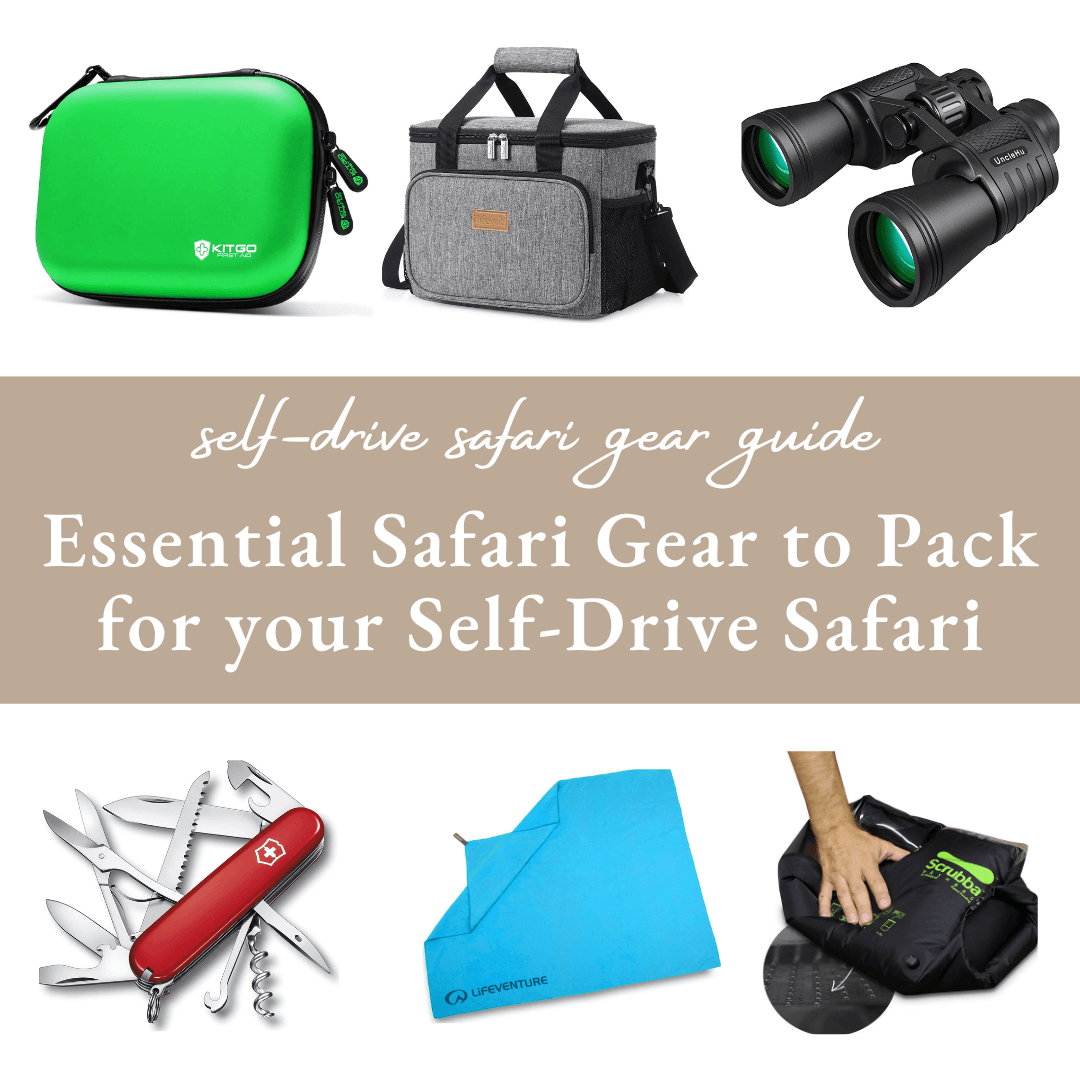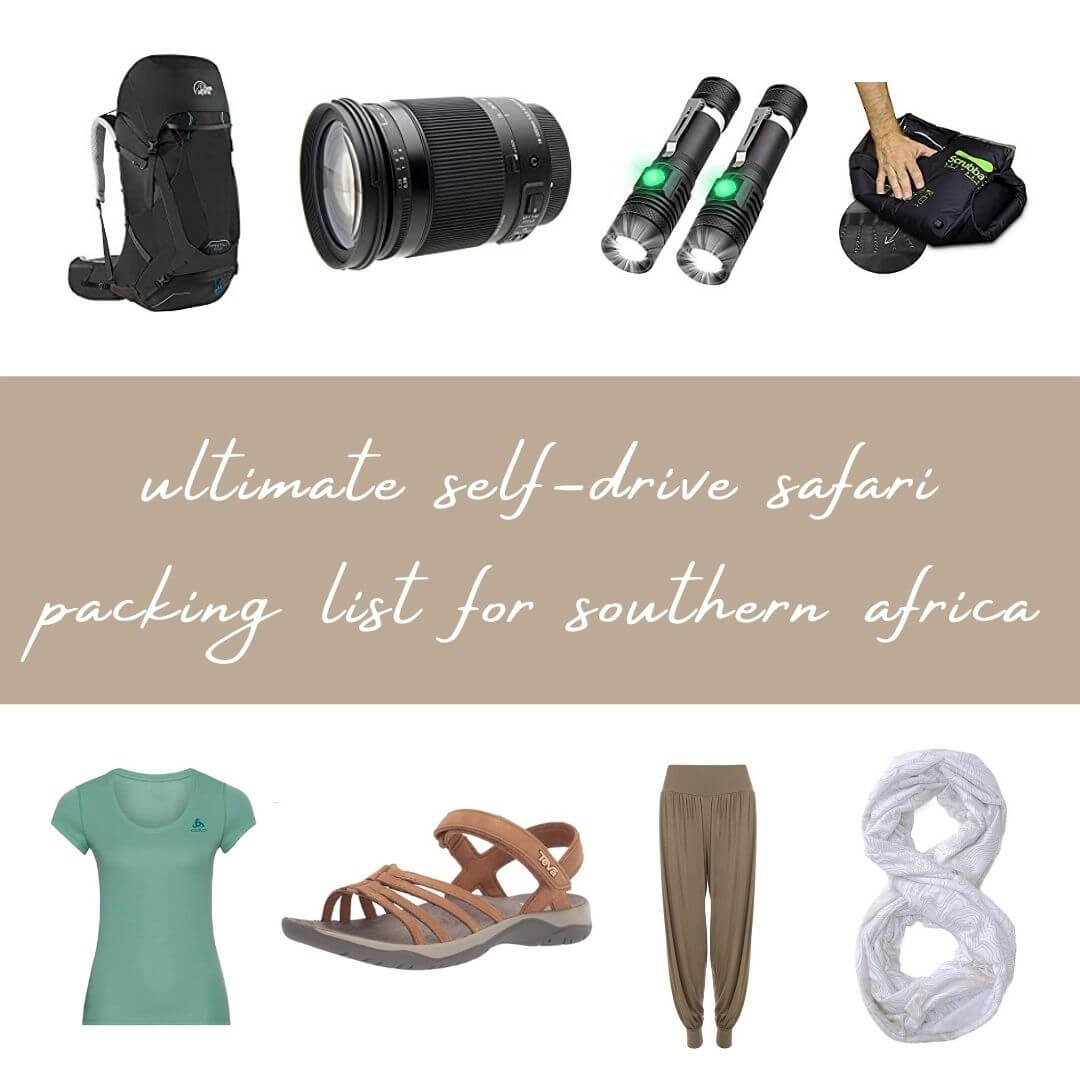A beginners guide to planning an African self-drive safari
Most guides you find online to plan your first safari are based on guided safaris and written by travel agents wanting you to book your trip with them.
But what about if you're responsible for the whole planning because you want to go on a self-drive safari?
Well, then you're exactly at the right spot!
While we absolutely love going on a self-drive safari, we can't stress enough how important (and time-consuming) the planning is. And this planning doesn't just stop once you have decided on the location and best month to go.
So let's get started so that you know how to plan your first or next self-drive safari!
Not sure yet if you want to go on a self-drive safari or a guided one? Read should you go on a self-drive safari in Southern Africa?
As we mentioned above there is a lot that goes into planning a self-drive safari but it all starts with deciding where to go on a safari. But before you can decide on the country there are a couple of considerations like what you want to get out of a safari, what your budget is and when you're able to go, so this is where we'll start this beginner's guide to planning an African self-drive safari.
What is the best time to go on a self-drive safari?
This sounds like an easy one; you go in the period that will give you the best chance of seeing the most animals. But as we have experienced ourselves and have heard from a lot of other travellers, there's often a set month or couple of months each year you can take a holiday. So you might not be able to go during the best animal watching period. But what is the best period?
Well; it depends.
Ok, this did not really help you right? But let us explain.
The most popular safari destinations are huge countries on a massive continent so there are big variations between the regions. So while temperatures in December on the coast of South Africa might be somewhere in the 20C, it can be in the 30C in Kruger National Park and Kgalagadi Transfrontier Park, while 40C in Etosha National Park in Namibia. While it will be between 20C and 30C in Kenya and Tanzania.
In general, you can say that the best period for game viewing is during the dry season (depending on the country, but this is mostly between May to September) when the animals will need to go to the waterholes to drink and the bushes are less lush so it’s easier to spot them. The nights can be cool and in some of the destinations, it can freeze at night (like Kgalagadi in August).
The rains are in the summer period (again depending on the country but this is mostly between October and April). When there has been enough rain, parks look completely different with their green grass and lush bushes. While this can make sightings a bit more tricky (just look at the image below which was made in Kgalagadi during the rainy season in March), there is one other problem; the rains can be so heavy that they can wash away the roads or cause such large puddles you need to be careful when driving through.
The temperatures start to rise again in November and December. During this period, the animals are on the move during the night and when it is cool in the morning, but are often found laying underneath trees as soon as it gets warm. And it's not only warm for the animals to wander around, it can become so warm that it's hard to sleep at night in a tent.
So even when you're not able to go in your preferred safari season due to when you're able to get off, something to remember is that each season will have its own charm.
What kind of budget do you need for a self-drive safari?
It's often hard to imagine what you exactly need to budget for a self-drive safari especially when you often see numbers like $1000 a night thrown around. It does not have to be this expensive when you go on a self-drive safari, but then what can you expect to pay?
Well; it depends.
Ok, again not really helpful right? But there are a lot of factors at play.
Flights will take up a large part of your budget, but this again depends on where you're coming from, the season you're travelling in and how far in advance you book.
When you're looking at Southern Africa, you will see that most of the time you need to fly to OR Tambo Airport in Johannesburg. If you're going to Kruger National Park you can fly on to Skukuza Airport or drive to the park in about 5 to 6 hours, depending on which gate you want to use. If you want to go to Kgalagadi Transfrontier Park you will need to fly to Upington or drive for 10 to 11 hours.
If you want to go to Namibia or Botswana, you will have a layover in OR Tambo Airport in Johannesburg before you fly to these countries. Something to consider when it comes to picking your flight is the arrival time and the time you need to arrive at your destination (a lot of European flights arrive around 9 or 10 pm) as you might need to sleep over at a hotel close to the airport. Which obviously adds to your cost.
Another large part of your budget will be taken up by your car. Which car will be the best fit depends on the country and/or type of park that you are visiting and the type of accommodation you want to stay in. If you want to camp you can book a 4x4 with a rooftop tent. This will increase the cost of the car but reduce the cost of the accommodation. If you want to be able to stay in huts, cottages or bungalows your accommodation cost will be higher but you can rent a cheaper car for a park like Kruger.
But you need to be aware that just because you can get away with a sedan in Kruger National Park, it does not mean this is the same for all national parks. While you have tarred and gravel roads in Kruger that are generally in quite a good condition, there are, for example, no tarred roads inside Kgalagadi Transfrontier Park. The conditions can be quite rough so expect some bouncing around due to the deep ruts while other roads are so sandy that you can easily get stuck. In the rainy season, the roads can become muddy or have large puddles.
And all of these costs obviously differ quite a bit when you want to go for a 3-day safari or for a 7-day safari.
To get a detailed insight, we wrote a couple of budget articles.
What are the best countries to go on a self-drive safari?
You've decided you want to go on a safari. But now you're realising that was the easy part. Now you need to decide where you want to go.
There are great national and private reserves in South Africa, but then there are also Namibia, Botswana, Kenya, Tanzania, Zambia and a couple of others. And then, of course, you have the different parks within these countries. So where should you go?
As we mentioned above, the best destination for you will depend on your budget, when you're able to go but also on what you want to get out of your self-drive safari and which animals you want to spot.
Let's start here.
There is definitely a difference in the wildlife that you can spot in these countries but also between the national parks in the same country. So if you have your sights set on specific animals, this could have a large impact on which national park to go to.
As an example; Kruger National Park is home to a large number of predators. According to the latest estimates, there are 2.000 lions, 950 leopards, 225 cheetahs, 2.000 spotted hyenas and 350 wild dogs. But it also has a large population of white and black rhino, over 30.000 wildebeest, 16.000 buffalo, 23.000 zebra, 12.000 elephants and 7.000 giraffes. As well as large herds of impala and other antelopes like kudu, waterbuck and steenboks. And you won’t be able to miss the birds of prey, reptiles, rodents and hippos.
But Kgalagadi Transfrontier Park is a completely different world to Kruger or Etosha National Park. The 2 rivers, the Nossob and Auob, are believed to only flow after heavy rain and fill about once every century, which is why you won't see herds of elephants and buffalo or rhinos roaming around. But while you can't see the big 5 here, the Kgalagadi is home to a large number of predators (19 different species). According to the latest estimates, there are 450 lions, 150 leopards, 250 cheetahs, 600 brown hyenas and 375 spotted hyenas. But it also has a large population of birds (215 species - some visitors only come here for the birds), reptiles, rodents, small mammals and antelopes.
While Etosha National Park is home to 114 pieces of mammals like elephants (2.500), zebra (14.000), giraffes (3.100), wildebeest (4.200) lions, cheetah and leopards. The park also has a large population of black rhinos but doesn't publish their numbers to protect them. But that's not all there are also 340 bird species, 110 different reptiles and 16 species of amphibians. Indigenous to Namibia is the black-faced Impala and you can find about 2.000 of them in Etosha as well as other antelopes like Springbok (10.300), Gemsbok (4.100), Eland (1.300), Tsessebe (900). But due to the lack of water, you won't see any buffalo, hippos or crocodiles.
So you have a lot of choices to make. Therefore in this post, we will list the top 5 destinations to go on safari in Africa and when it is the best time to visit so that you can start to narrow down what the best destination is for you to go on a safari.
Another thing to consider is what you want to get out of your self-drive safari. While the word itself already implicates a lot of driving a car yourself, it can be nice to get out of the car. So what else would you like to do? Do you want to go on a guided drive? A walking safari? Be able to photograph from a hide? These are all things we did on a visit to Onguma Bush Camp located next to Etosha National Park.
How to pick the right national park for your self-drive safari?
Hopefully, you have been able to narrow down by now which country you want to go to. Then it's time to choose the national park you want to visit and decide on your itinerary. We won't go into much detail here as we wrote quite a few national park guides and comparison guides and shared some of our itineraries.
Here are detailed guides for 3 popular national parks
Not sure where to go, we compared some of them
Here are some example itineraries
How to book the right car for your self-drive safari?
On my first self-drive safari, we drove from the East coast to Kruger National Park. I was packed with 9 others in one of these typical South African vans going 10 km/h around potholes and not being able to take all the roads we wanted to because of the suspension and the quality of the roads. Till that time, I had been quite lucky and had only been on 2 to 3-hour guided safaris in Bushman Sands and Shamwari Private Game Reserve as part of my 6-month minor in wildlife and lodge management.
On this same trip, we stayed on a campsite close to Hluhluwe Imfolozi park where I had my first encounter with a 4x4 with a rooftop tent. The elder couple invited me to have a look inside the tent, gave me a piece of ostrich sausage and told me about their travels. From that moment I knew that one day I would travel like that as well.
When we went back to South Africa on our honeymoon I wanted a 4x4 with a rooftop tent. Till I saw how expensive they were to hire for 3 weeks and realised that on our route from Cape Town to Kruger National Park we did not really need one. So I had to wait till our camping road trip to Namibia, where you really do need a 4x4. But our trip was arranged via a travel agent and they also booked the car for us.
We really liked the experience of camping during a safari, so the next time we went to Kruger National Park in South Africa we set out to rent one ourselves, but this proved to be much more time-consuming and trickier than expected.
Why did you have to fill in contact forms or inquire and could you not just book a car online just like when you go to Hertz or Avis? Why were there no prices only?
So we wrote a blog post where we walk you through how to rent a 4x4 with a rooftop tent (includes a budget, what kind of equipment is included and what to consider)
How to book the accommodation or campsites for your self-drive safari?
You can't book accommodation inside National Parks through Booking.com. Or any of the other large Online Travel Agencies like Expedia or Hotels.com.
But when you Google 'how to book accommodation in Kruger' you get a lot of results from travel agents. Some of these offer accommodation outside national parks like safarinow.com. Or when you look at travel agents like krugerpark.com or krugerparkreservations.com you will see they offer camps inside Kruger but you can't make a booking directly, you can only inquire.
This is because all accommodation for national parks in South Africa is managed through SANParks (South African National Park) or through Namibia Wildlife Resorts (NWR).
So if you want to book your stay in Kruger National Park yourself, this is the way to go.
As these websites are not as straightforward as they could be we wrote a blog post about how you can book accommodation for your safari in Kruger National Park (but it works the same for all SANParcs-owned parks). From deciding your itinerary, choosing which camps to stay in, choosing your type of accommodation within the camp and how to book them on the SANParks website.
What to expect when you go on a self-drive safari?
Sometimes these types of planning guides are helpful but sometimes you just want to get some insights into other people's experiences.
So here are some personal experiences from the self-drive safaris we did in the past decade.
AND THERE YOU HAVE IT...
… now you how to get started with planning an African self-drive safari.
Want to know more about going on safari? Keep on reading the following blogs:
If you don't want to miss any of our upcoming posts you can sign up below and you'll get them straight in your inbox.
If you're on Pinterest you can save this post for later.
you’ll also love
FROM THE TRAVEL SHOP
Looking for something?
our recent posts
shop our favourites
FOLLOW US ON INSTAGRAM
@traveltaale
Leave a Reply
and if you enjoyed this blog, found it useful & think it could help others, use the icons below to share on social media and spread the love






